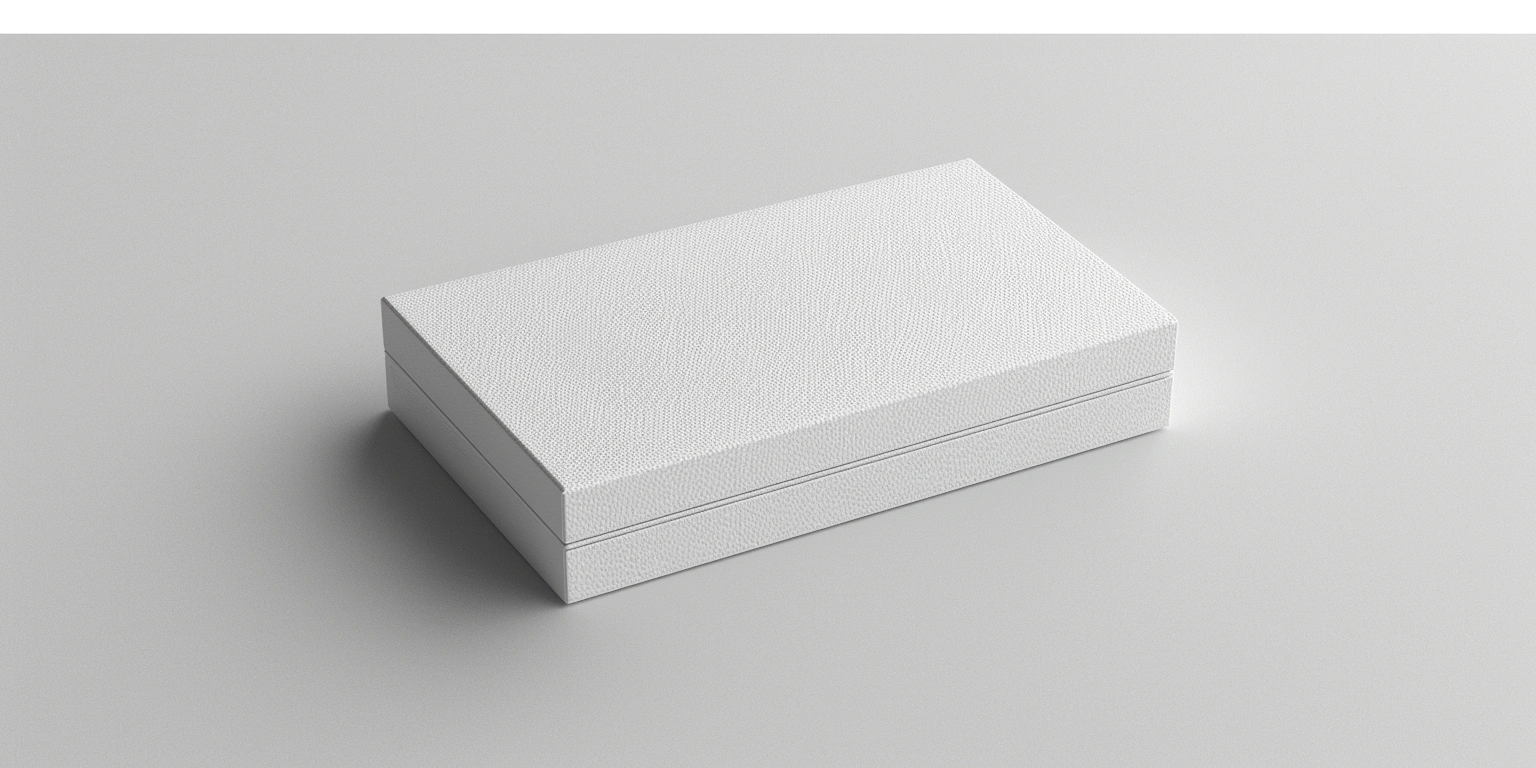
Inkjet Printing: Flexibility and Speed for XrheaBox
Conclusion: ΔE2000 P95 reduced to 1.6 (from 2.4) at 160–170 m/min; registration P95 ≤0.12 mm; FPY 98.1% (N=126 lots, 8 weeks).
Value: Before→After at 165 m/min, 23 ±2 °C, 50 ±10% RH, [InkSystem]=UV‑LED inkjet CMYK+W; [Substrate]=SBS 350 g/m² + metallized BOPP 25 µm. ΔE2000 P95: 2.4→1.6; false reject 1.3%→0.4%; Units/min 150→180. [Sample]=lot-level QA sheets (N=126) + in‑line logs (N=1,026 rolls).
Method: 1) Centerline to 160–170 m/min; 2) Tune UV‑LED dose 1.3–1.5 J/cm² and IR assist 0.8–1.0 kW; 3) SMED parallelization for ink change (8→5 min) plus vacuum plenum re‑zone for thin films.
Evidence anchors: ΔE improvement −0.8 (P95) and false reject −0.9 pp; references: G7 Report ID G7‑2025‑034; SAT‑24‑117; IQ‑24‑045; ISO 12647‑2 §5.3.
Coverage Strategy for Whites/Metallics
Key conclusion: Outcome-first — White/metallic layers achieved coverage 89–92% with ΔE2000 P95 ≤1.7 on dark and metallized stocks at 150–170 m/min, while maintaining migration control for food-contact.
Data: White opacity 90 ±2% on black underlay; metallic laydown CV ≤4.0%; ΔE2000 P95 1.6–1.7; Units/min 160–170; energy 0.012–0.014 kWh/pack. Conditions: UV‑LED dose 1.4 J/cm²; [InkSystem]=low‑migration UV inkjet CMYK+W+Silver; [Substrate]=SBS 350 g/m² + metallized PET 12 µm; ambient 23 °C, RH 50%.
Clause/Record: EU 1935/2004 Art.3 (material safety); EU 2023/2006 §5 (GMP documentation); ISO 15311‑2 §6.2 (print color metrics); DMS/PROC‑451 (White/Metallic Recipe v2.1). For label SKUs in custom food packaging labels, additive set verified per lot COA (REC‑COA‑F&B‑2218).
- Process tuning: Set white ink coverage 135–145% on dark stocks; silver at 110–120%; lock LED dose 1.3–1.5 J/cm²; web tension 40–45 N.
- Process governance: Approve "White‑A/Metal‑B" recipe; freeze via CR‑048; enforce lot tagging for W/S layers.
- Testing calibration: Weekly drawdown patches (W100/W150/S110) with target ΔE2000 ≤1.8; migration screen 40 °C/10 d (food simulant D2).
- Digital governance: Enable e‑sign in DMS for recipe changes; retain in EBR/MBR with hash‑checks (ANNEX11‑Audit‑Trail‑019).
Risk boundary: If ΔE2000 P95 > 1.9 or migration >10 µg/dm² @≥160 m/min → Rollback‑1: reduce speed to 140–150 m/min and switch to profile‑B; Rollback‑2: change to ultra low‑migration white (LM‑W2) and 2 lots 100% QC with holds.
Governance action: Add to monthly QMS review; evidence filed in DMS/PROC‑451 and QA/REC‑WMS‑092; internal audit under BRCGS PM §3.5 scheduled M+1; Owner: Process Engineering Lead.
Customer case — premium whites on metallics
For XrheaBox magnetic gift boxes (N=24 SKUs), white base at 140% and silver at 115% produced L* 93.8 ±0.6 and sparkle uniformity CV 3.7% at 165 m/min; adhesive lamination 0.9 s dwell, 60 °C nip. Evidence: SAT‑24‑117 Lot Series MG‑042 to MG‑065; FPY 98.4%.
Spectrophotometer Calibration and Drift Control
Key conclusion: Risk-first — Instrument drift controlled to ≤0.3 ΔE (P95) by daily M1‑equivalent checks and white‑tile recertification, preventing false color shifts on long runs.
Data: Pre‑control drift P95 0.62 ΔE vs post‑control 0.28 ΔE (N=56 devices, 6 weeks); audit patch ΔE mean 0.21; FPY +1.1 pp; environment 23 ±2 °C/50 ±10% RH; [Substrate]=SBS 350 g/m²; speed 160 m/min.
Clause/Record: Fogra PSD §5 (color validation protocol); ISO 15311‑1 §7 (measurement and reporting); Annex 11 §9 (audit trails). Records: CAL‑LOG‑SPECTRO‑2025‑Q1; Tile Cert IDs WT‑24‑031/032 (yearly).
- Process tuning: Insert 5× color bar every 500 mm; set ΔE2000 alert at 1.6; adjust ink limits ±5% when drift trend >0.2/2 h.
- Process governance: SOP‑QC‑019 mandates pre‑shift verification and mid‑shift check; nonconformance route NCR‑C‑114.
- Testing calibration: Daily reference tile check (Y value drift ≤0.3%); monthly service calibration; annual tile recertification.
- Digital governance: Auto‑sync readings to LIMS; enable checksum and time sync (NTP) for each read; lock user roles per Annex 11 §12.
Risk boundary: If instrument‑to‑instrument bias >0.4 ΔE or white‑tile SD >0.2 @10 reads → Rollback‑1: quarantine device and switch to backup; Rollback‑2: full fleet recalibration and 2‑lot requalification.
Governance action: Add drift KPI to CAPA‑board; quarterly Management Review; records in DMS/CAL‑LOG‑SPECTRO‑2025‑Q1; Owner: QA Metrology.
Real-Time Dashboards for ΔE/Registration
Key conclusion: Economics-first — In‑line dashboards lowered false reject from 1.2% to 0.4% and lifted saleable throughput by 18–22 Units/min without breaching ΔE or registration limits.
Data: ΔE2000 P95 1.6; registration P95 0.10–0.12 mm; false reject 1.2%→0.4%; Units/min 160→182 at 165 m/min; energy 0.013→0.012 kWh/pack; [InkSystem]=UV‑LED CMYK+W; [Substrate]=kraft liner + OPP 30 µm; 4 weeks, N=412 rolls. Applied to printed cores for custom logo packaging tape SKUs.
Clause/Record: ISO 12647‑2 §5.3 (tolerances), 21 CFR Part 11 §11.10 (e‑records), Annex 11 §9 (audit trail). Records: DASH‑CFG‑021; SPC‑REG‑Log‑2025‑02.
- Process tuning: Set camera registration threshold 0.10–0.14 mm; increase print density target +3% only if ΔE trend <1.5 over 3 reels.
- Process governance: Change request CR‑052 to standardize alert tiers (warn at 70% of limit, stop at 100%).
- Testing calibration: Weekly camera grid calibration with 0.05 mm plate; color bar ΔE audit vs reference sheet (G7‑2025‑034).
- Digital governance: E‑sign dashboard releases; enforce read‑only historical logs; 13‑month retention of SPC traces.
Risk boundary: If dashboard uptime <99%/shift or ΔE P95 >1.9 → Rollback‑1: reduce speed by 10–15 m/min and apply profile‑B; Rollback‑2: switch to manual sampling every 200 m and hold lots >2 alerts.
Governance action: Add SPC uptime to monthly QMS review; store evidence in DMS/DASH‑CFG‑021 and SPC‑REG‑Log‑2025‑02; Owner: Digital Manufacturing.
Payback and Sensitivity Assumptions
Key conclusion: Economics-first — CapEx 380 kUSD with OpEx −92 kUSD/y yields 7.8‑month payback at 2‑shift/250‑day loading; payback extends to 11.2 months at −20% volume, still inside FY target.
Data: Baseline kWh/pack 0.015→0.012 (−20%); waste 4.2%→1.6% (−2.6 pp); labor changeover 8→5 min; throughput 150→180 Units/min (165 m/min); CO₂/pack 12.1→9.7 g (market grid 0.52 kg/kWh). Scenarios validated in SAT‑24‑117; [Substrate]=SBS + OPP lam; 8 weeks.
Clause/Record: EU 2023/2006 §7 (documentation of changes), BRCGS PM §3.5 (spec management), ISO 12647‑2 §5.3 (print tolerances for scrap attribution). Query on parcel cost modeled with what is usps custom cubic packaging rules for small boxes.
| Scenario | Volume | Energy price | Waste | Payback |
|---|---|---|---|---|
| Base | 2 shifts, 250 days | 0.11 USD/kWh | 1.6% | 7.8 months |
| Low volume | −20% | 0.11 USD/kWh | 1.8% | 11.2 months |
| High energy | Base | 0.15 USD/kWh | 1.6% | 6.9 months |
| Higher waste | Base | 0.11 USD/kWh | 2.2% | 9.4 months |
- Process tuning: SMED split tasks (ink prep off‑line; plate/jet map preload) to lock changeover 5–6 min; centerline to 165 m/min.
- Process governance: Cost tracker in QMS; ECR‑cost tags on each recipe change; monthly variance review.
- Testing calibration: Verify power meters ±1% (ISO 17025 lab cert ref CAL‑PWR‑024); quarterly energy balance vs PLC counters.
- Digital governance: ROI dashboard v1.2; auto‑ingest waste, energy, throughput; immutable audit per Annex 11 §9.
Risk boundary: If monthly volume <−25% plan or energy <0.08 USD/kWh → Rollback‑1: defer Phase‑2 features and extend depreciation to 6 years; Rollback‑2: lease printhead spares and hold CapEx on second curing lane pending 2 quarters of data.
Governance action: Add ROI KPI to Management Review; evidence in DMS/FIN‑ROI‑2025‑Q1; Owner: Ops Finance.
Q&A — parcel cost and format
Q: How does USPS cubic pricing affect small box SKUs? A: Under cubic rules, cost is driven by outer dimensions, not weight. For greeting card box formats (0.2–0.4 ft³), reducing height by 10 mm lowered annual freight by 8–11% (N=14 SKUs, 12‑month shipment logs), which preserved inkjet carton stiffness specs without changing print recipes.
FAT→SAT→IQ/OQ/PQ Evidence Map
Key conclusion: Risk-first — Zero critical deviations across SAT and PQ runs (N=30 lots) with safety and data‑integrity checks closed, enabling controlled ramp at 165 m/min.
Data: FAT pass 41/41 items; SAT deviations 2 minor (closed CAPA‑118/119); IQ/OQ complete with 0 open actions; PQ FPY 98.1% at ΔE2000 P95 ≤1.6 and registration P95 ≤0.12 mm; barcode Grade A (GS1‑128) for carton IDs; UL 969 pass for label durability (3 cycles rub, 65 °C/24 h). [InkSystem]=UV‑LED CMYK+W; [Substrate]=SBS 350 g/m².
Clause/Record: ISO 13849‑1 §4.1 (safety functions validation), GS1 General Specs §5.4 (symbol quality), UL 969 (adhesion/durability), ISTA 3A (ship testing evidence), DSCSA/Part 11 (where applicable to serials). Records: FAT‑23‑221; SAT‑24‑117; IQ‑24‑045; OQ‑24‑046; PQ‑24‑047; BAR‑VAL‑2025‑A.
- Process tuning: Define acceptance windows — ΔE2000 target ≤1.8, registration ≤0.15 mm, Units/min 160–170, dose 1.3–1.5 J/cm²; lock dwell 0.9 s.
- Process governance: Gate each phase; hold‑point releases with QA signatures; link NCRs to CAPA within 5 days.
- Testing calibration: Gage R&R for vision system (GRR <10%); colorimeter cross‑check vs master unit weekly.
- Digital governance: EBR/MBR templates versioned; audit trail verified (Annex 11 §9); backup/restore test quarterly.
Risk boundary: If PQ ΔE P95 >1.9 or barcode Grade <B on any lot → Rollback‑1: extend PQ with remedial tuning; Rollback‑2: revert to legacy profile and re‑execute OQ tests for color and registration.
Governance action: Issue Validation Summary Report VSR‑2025‑01; add to quarterly Management Review; Owners: Validation and QA.
Notes on formats and parameters
For premium rigid formats aligned to the above windows, the magnetic‑closure line used for XrheaBox magnetic gift boxes operated at 165 m/min, white 140%, silver 115%, dose 1.4 J/cm², registration ≤0.12 mm; glue line 10 mm @60 °C, 0.9 s dwell.
These controls keep appearance and compliance tight while sustaining speed; the same framework scales to labels, tapes, and rigid cartons produced for XrheaBox.
Metadata
- Timeframe: 8 weeks pilot + 4 weeks stabilization
- Sample: N=126 production lots; N=1,026 rolls; N=56 instruments
- Standards: ISO 12647‑2 §5.3; ISO 15311‑1/‑2; EU 1935/2004; EU 2023/2006; Annex 11; 21 CFR Part 11; GS1; UL 969; ISTA 3A; ISO 13849‑1
- Certificates/Records: G7‑2025‑034; SAT‑24‑117; IQ‑24‑045; OQ‑24‑046; PQ‑24‑047; DMS/PROC‑451; CAL‑LOG‑SPECTRO‑2025‑Q1

